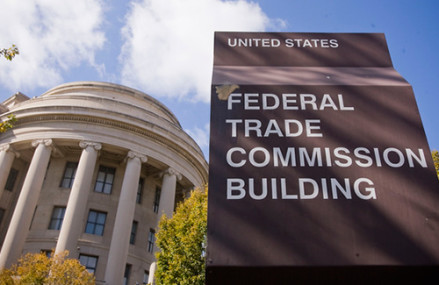On Friday, the US Treasury Department reported that by pressuring mortgage lenders, it has doubled the number of temporary loan modifications made permanent.
As of December 30th, 66,465 distressed borrowers have had their mortgage payment reductions locked in for the long term. Additionally, 46,056 new three-month trial mortgage modifications have been approved. They are now waiting for the final owners’ sign off to kick in. The numbers were a big jump in a single month. By November 30th only 31,382 mortgages had been converted to permanent loan mods. By December 30th 697,026 borrowers were enrolled in trial modifications.
The Obama Administration’s Home Affordable Program, HAMP, had been heavily criticized for not doing enough to forestall foreclosures, which hit 2.8 million homeowners in 2009. The administration’s target is to implement between 3 and 4 million loan mods by 2012. To date only one in four eligible homeowners have begun a trial or permanent loan modificaton. According to Michael S. Barr, assistant Treasury secretary for financial institutions, “We believe there is much, much more work to be done to make sure the program is running right and stabilize our housing market and the broader economy, but we’re encouraged very much by the efforts we’ve seen to date.”
The percentage of mortgages modified vary by the servicer. Some like JPMorgan Chase, CitiMortgage, and Wells Fargo have initiated either permanent or temporary loan modifications to one in three of its eligible mortgagors, while Bank of America, the nation’s biggest servicer modified less than one home loan in five. Of the millions of mortgages it services, the Bank of America had permanently modified just 2,737 by the end of 2009.
To qualify for the Home Affordable Program:
- Your loan must be backed by Fannie Mae or Freddie Mac.
- It also has to fall below the conforming loan limit which is $417,000 in most of the country, although in higher priced regions like California, the limit is $729,750.
- The homeowner needs a verifiable income source.
- A borrower has to document hardship.
- Despite financial distress the homeowner has to be able to demonstrate that s/he can handle the lowered payments through a three month trial modification.
The program offers a carrot and stick approach to lenders to offer lower payments to its borrowers. Lenders get financial incentives to offer loan mods. Laggard lenders are exposed to public scrutiny in a monthly report.
Many servicers offer their own mortgage modifications, not backed by the government. If you don’t fit the HAMP guidelines say with a jumbo loan, and are facing mortgage payment difficulty, pick up the phone and call the toll free number on your mortgage bill to seek help. Remember, servicers are overwhelmed so
- Start the process early
- Keep records
- Follow up and
- Be both patient and persistent.
Another complicating factor is a second mortage.
This point bears repeating: A mortgage modification will lower your credit score, although it will impact it less than a foreclosure or short sale. If you don’t have demonstrable hardship, are not far underwater on your mortgage, and still have a good enough credit rating to qualify, try for a refinance first. A good rule of thumb is that you need at least a full percentage point difference between your current interest rate and new one to make refinancing worthwhile.
There is no cost to the borrower to get HAMP implemented. Click here for more information on the program. Here’s a do it yourself guide to intiating a loan modification. If you need no or low cost help, contact a HUD approved counseling agency in your state.



